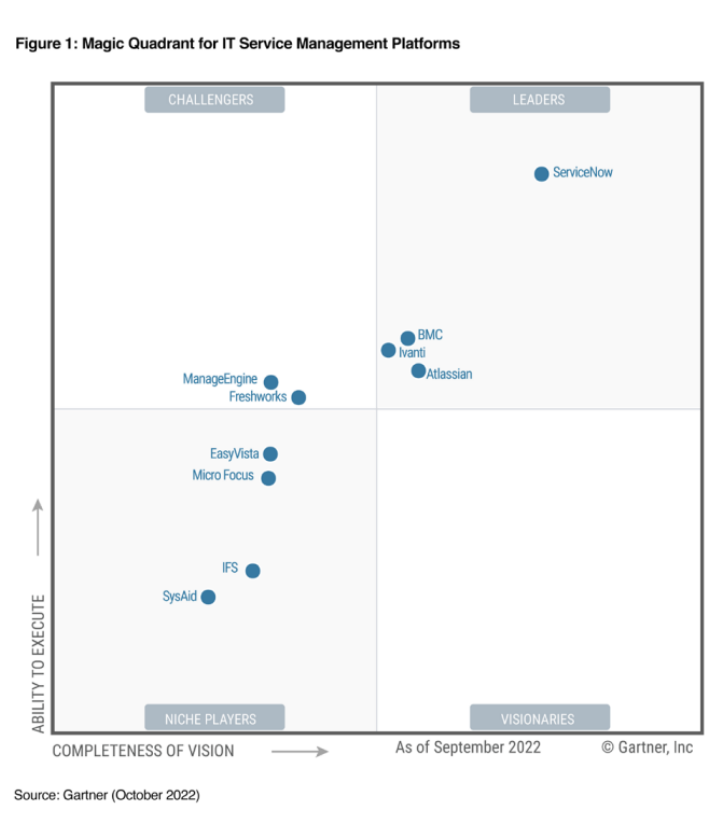
Transform your company with
high-velocity service management
See why customers prefer Jira Service Management and be ready to bring your ITSM into the 21st century
With the expansion of digital business and distributed teams, traditional norms of team structure and ways of working are becoming increasingly challenging. Now, modern support, operations and business teams must come together to deliver the best digital service experience. However, traditional service management is full of inflexible systems and processes that do not allow team collaboration that is necessary for today’s modern enterprises.
Organizations need “autonomy with alignment”: a balance between working fast and the way they want to while maintaining visibility and connection to the teams around them.
Why customers prefer Jira Service Management?
The total economic impact of Jira Service Management
Retrieved from Atlassian
High-speed equipment unlocking
Jira Service Management is Atlassian’s IT service management (ITSM) solution. Built on the same foundation as Jira Software, it includes both core ITIL use cases and business-centric use cases known as Enterprise Service Management (ESM). Teams use Jira Service Management to centralize and respond to service requirements, respond to incidents, facilitate and automate changes, collect and maintain knowledge, manage assets and configuration items, etc.
Compared to traditional service management solutions, Jira Service Management connects development teams, IT operations and the overall business on a single platform. In doing so, Jira Service Management unlocks high-speed teams by accelerating workflow, delivering faster time to value, and enabling agility and collaboration to respond to change and deliver great service experiences.

45,000 customers trust Jira Service Management

Leader in The Forrester Wave: Enterprise Service Mangement, Q4 2021
Retrieved from Atlassian
The new industry leader:
Jira Service Management
Gartner released its annual Gartner® Magic Quadrant™ for IT Service Management Platforms: an in-depth analysis of the ITSM landscape, market direction, and vendor solutions available to customers. In which, Gartner named Atlassian as a Leader in Enterprise Service Management and gave them the highest possible strategy score within this evaluation.

Retrieved from Gartner (October 2022)
In their 2022 Buyer’s Guide to ITSM Platforms, Gartner found that "8 out of 10 IT IT organizations overspend on IT service management (ITSM) platform subscriptions by half of the contract value because they purchase functions that do not get fully used."(Gartner, 2022)
View the complete report here
Know 6 Key Benefits of Jira
Service Management:
1
Single, unified
platform for
development, IT
and business teams
2
Easily
extend service
management to
teams outside IT
3
Fast time
to value and
high return on
investment
4
Improved user
experience thanks to
a modern and
convenient interface
5
Intuitive deployment
and automated
updates
6
Unified view of work
through integrations with
the Atlassian
portfolio as well as
with third party.
Ready to make the switch?
Get in touch with us for more information
about this service and be ready to unlock
high-velocity service management
